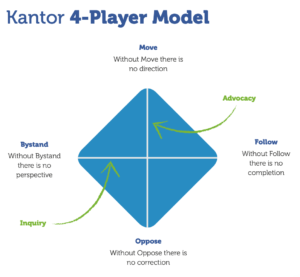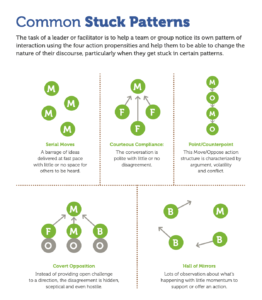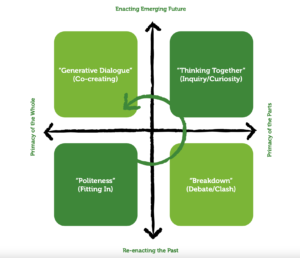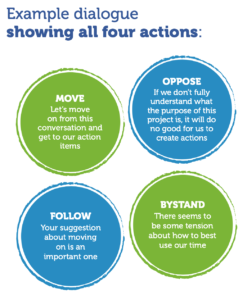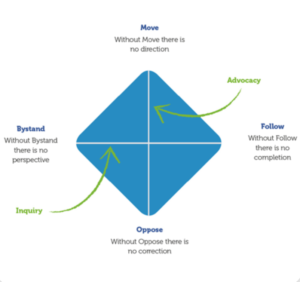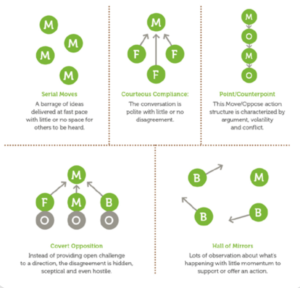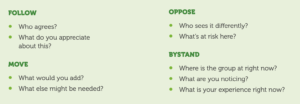One of the biggest challenges right now facing remote work is remote employees feeling isolated and disconnected from other human beings, outside of those they live with. When a feeling of ‘being on my own’ sets in it can manifest in lots of ways.
Interpersonal work relationships become more stressed, it becomes harder to give people feedback and harder for someone to receive feedback. Small points of disagreement that might normally be handled with ease become bigger and derailing for a team. The language people use can shift from ‘we’ to ‘us versus them’, making conversation more divisive.
How Can We Help Remote Employees Feel Like They Are Part of the Team
One of the best ways around this is to create more space for connection and relationship building. Relationships are the lifeline to fostering trust and psychological safety and when those qualities are strong the less disconnected we will feel and the easier it will be to navigate differing points of view and conflict.
Schedule One-On-Ones With Your Remote Employees
Schedule individual time with people on your team and go beyond the surface level conversation of ‘How are you?’ Ask questions with genuine curiosity and be ready to just listen, without the need to solve or fix anything and be real and vulnerable yourself.
- What’s difficult right now?
- What do you miss most?
- What’s one thing that would make it better?
Normalize the New Normal
Working remotely can be very productive, many people have done it for years but what’s different is that this is a pandemic and for those with kids or multi-generational households there are lots more people in their work space each day who also need their attention. Make it okay that other people might walk through your video during a meeting or that more frequent breaks might be needed during the day to check on others.
Help Your Remote Employees Set Boundaries
The line of work and home does not exist anymore, it all blurs into one. Failure to define and agree on boundaries can leave people feeling frustrated and worn down. Help your team members define boundaries for themselves and then communicate those with other team members. Questions to consider:
- What are my working hours?
- What are my non-working hours?
- How often will I take breaks? How can I schedule those into my calendar?
- How do I want to handle emails that come in after working hours?
- How can I close out my work space at the end of the day? (i.e. put the computer in the closet, change where I sit, etc.)
How To Create More Connection in a Team Setting
When getting together as a team, even remotely, use these following tips to create connection/
Make it a Ground Rule for Team Meetings to Have Video On
People may push back on this. Make space to hear their objections and concerns and ask if they would be willing to give it a try for a small period of time. Most people find it so very helpful for everyone to be on video that they wonder why they didn’t try it earlier.
Create Space for Connection
At the beginning of each meeting have a check-in question and ask everyone to respond. It can be about the meeting topic or something more personal. This warms people up to the meeting, gets everyone’s voice in the conversation and gives the team an opportunity to learn something about each other.
Example questions include:
- My state of mind as I come to our call today is…
- One thing I want to celebrate is…
- What’s one question you have about our topic today?
Your Turn
How have you been able to help remote employees feel like they are (still) part of the team? We’d love to hear your thoughts!
